 |
JAPANESE PRINTS
A MILLION QUESTIONS
TWO MILLION MYSTERIES
Ukiyo-e Prints浮世絵版画 |
|
Port Townsend, Washington |
|
TSURUYA KOKEI 弦屋光渓 つるやこうけい Born 1946 |
|
|
Portrait of Ichimura Uzaemon XVII as Seno Jurō Kaneuji |
|
|
市村羽左衛門十七代目 いちむらうざえもんじゅうしちだいめ |
瀬尾十郎兼氏 せんおじゅうろうかねうじ |
|
From the play Genpei Nunobiki no Taki |
|
|
"The Genji and Heike at Nunobiki Waterfall" |
|
|
Printed on Tosa ganpi paper made in Kochi Prefecture |
|
|
Blocks carved from Magnolia obovata (Thun.) |
|
|
Number 65 of an edition of 90 |
|
|
Seal: "A work by Kokei, 90 impressions" Listed as seal 36 |
|
|
1995, 11th Month Heisei 7 平成7 |
|
|
15 1/2" x 10" |
|
|
|
|
|
$740.00 NO LONGER AVAILABLE! |
|
|
The term Genpei (源平 or げんぺい) means the Heike and Genji clans or two opposing sides. |
|
Nunobiki (布引 or ぬのびき) means stretching of cloth, but here is a place name. Some sources say that this waterfall got its name because of its similarity to a stretched piece of cloth. A view of the falls gives total credence to this concept. |
|
Taki ( 瀧 or たき ) means waterfall |
|
|
|
|
|
Frontal View |
|
Rear View |
|
Printed right above the figures right shoulder is the number 156. This was to indicate that this was the artist's 156th design. |
||
|
KOKEI AND HIS ART |
|
Kokei mastered two separate aspects of Japanese prints: one was the
traditional okubi-e
(大首絵
Like artists everywhere his success was slow in coming. It wasn’t
until some years after he began selling his images at the Kabuki-za (歌舞伎座 or
かぶきざ) in
|
|
|
|
|
|
|
|
Kokei is said to cancel his woodblocks when he has finished an edition by carving his name prominently across them. |
|
|
|
|
|
|
|
|
|
MAGNOLIA OBOVATA (THUN.)
朴の木 HŌNOKI ほおのき |
|
|
|
|
|
Above is an example showing the grain of the Magnolia obovata tree. |
|
First off, let me tell you, I am not a wood worker. I am not even good at identifying different kinds of woods by their grains. But I am a wood lover and appreciate their beauties and their wonderful qualities brought out by great craftsmen. When I was very young my parents took me to Chicago where we visited the Museum of Science and Industry. I remember all kinds of things about that visit: The Colleen Moore dollhouse; the coal mine; the submarine; the crystals and how they grow; but most especially I remember the examples showing the richness of all kinds of wood grains from all over the world.(1) My favorite at the time was Brazilian rosewood. So, I don't have to know the different woods to appreciate them. (You don't have to be a gourmet chef to enjoy an incredible meal, do you?)
Now I work with Japanese woodblock
prints and naturally the topic of the various woods being used comes up
frequently. Here my knowledge is more academic than real. Credible sources
tell us that the most commonly used wood came from the wild cherry tree or
yamazakura (山桜 or やまざくら). Rebecca Salter in her
Japanese Woodblock
Printing states that "Japan was particularly fortunate in having
plentiful supplies of
I always thought that the standard
oban woodblock size might possibly be governed by the more diminutive size
of the wild cherry wood trees, but I was wrong. One authoritative botanical
site states clearly that some of these trees would grow up to 60' in height
with 12' diameters. More than large enough even with wastage for prints oban
or larger. Once felled the logs of this tree are left to dry for two years before
being cut into planks. Then those planks are left to age in the shade for
several more years. "During this time, planks which warped or split were
discarded."(3)
Salter notes that the cherry wood
was "fine and even" and relatively easy to carve without splintering.
However, "Cherry from too far north in Japan was considered tougher to carve
and did not take the color well."(4) On page 17 she discusses other types of
wood used for carving woodblocks. One of these of course is h |
|
|
|
|
|
|
|
2. Japanese Woodblock Printing,
by Rebecca Salter, University of Hawai'i Press, 2001, p. 15.
3. Ibid., p. 16.
4. Ibid., p. 15.
5. Ibid., p. 17.
6.
|
|
|
|
|
|
|
|
MAGNOLIA OBOVATA (THUN.) MEAN? |
|
As you can probably tell from my previous comments I am no botanist. However, I am always inquisitive and eager to learn. That is why once I had begun to research Magnolia obovata and found the 'Thun.' after it I wasn't going to rest until I figured it out what it meant. I had a general idea, but had trouble discovering the specifics. I looked it up on the Internet. Nada. I looked it up in the Oxford English Dictionary and found several references, but they were all listed as 'Thun.' and that was no help. So, I went back to the Internet and the funny thing is that if you keep trying and it is out there you will find it and I did.
A student of Carl Linnaeus (1707-78) Carl Peter Thunberg (1743-1828) was a Swedish physician and botanist who visited Japan for a year in 1775. As an employee of the Dutch East India company he lived in Nagasaki which was the only port allowed to foreigners at the time. During his sojourn he catalogued more than 800 plants and lectured to Japanese scholars on European medicine, astronomy, botany and zoology. What a remarkable man. After Thunberg returned to Sweden he taught at the University of Uppsala and published books about his research including the Flora Japonica (1784) and the Icones plantarum Japonicarum (1794-1805).
Thunberg was permitted a visit to
Edo to the shogun's court where he met one of his most significant Japanese
contacts Katsuraga Hoshū (桂川甫周 or かつらがわほしゅう / 1751-1809).
|
|
|
|
I READ THIS ON MAY 28, 2008: HIROSHI YOSHIDA'S DISPARAGING REMARKS ABOUT
|
|
|
|
Quoted from: Japanese Wood-block Printing, by Hiroshi Yoshida, 1939, p. 17. These comments are all that much more remarkable considering how ably Kokei mastered his craft using this wood. |
|
|
|
AS IF THINGS WERE CONFUSING ENOUGH |
|
GANPI vs. GAMPI |
|
|
|
These are the same thing. When doing research look them both up. They are interchangeable. |
|
GANPISHI
雁皮紙
|
|
|
|
|
|
"The Heian Period (794-1185) was the 'golden age' of papermaking, not so much for quantity but for quality and variety. With the flowering of courtly culture...there developed a wider demand for both official papers and luxuriously decorated sheets on which to keep diaries, write poems and so forth. Little, if any, however, found its way into the hands of the common people." (1) |
|
|
"It is the paper equivalent of silk" (2) |
|
|
Numerous sources make it very clear that ganpi is different from other papers not only by its qualities, but also because its source plant can --- or could --- not be cultivated. (3) "The seven or eight varieties of gampi are collected from February to May when the branches are still saturated with water. They are then stripped of bark without prior seasoning and are dried. Their long, fine fibres are totally resistant to insect damage." (4) |
|
|
|
|
|
During the Heian Period Hizen Province "...paid a tribute of gampi to the [Court]..." (5) |
|
|
|
|
|
In sixteenth century
literature the village of Kawakita is mentioned for its thin
"To increase its durability
and smoothness, gold foil beaters soak
|
|
|
|
|
|
There is a type of
|
|
|
|
|
|
"Since Omi torinokogami is strong and durable, it was once made into paper money by the local clan. It was particularly useful as a base paper for gold and silver leaf, which was processed in Kyoto into thread for weaving and embroidering." (9) |
|
|
|
|
|
"The court ladies of the Heian Period preferred gampi paper for
the poem-writing, and large quantities of
|
|
|
|
|
|
If you were to see comprehensive exhibitions of Rembrandt (レンブラント) or Whistler (ホイッスラー) etchings you would occasionally see prints which exhibit a warm, yellowish glow. These are often printed on remarkably thin paper which almost defy the process and which stand apart from the rest of these artists' oeuvres. These are often described as being etched on papier japon. Perhaps at times this papier japon is ganpi like that used by Kokei. The most instructive element of these prints comes through a personal handling outside of frames. However, even framed it is also instructive to see the same image printed on two distinctly different types of paper: one japon and one European. |
|
|
REMBRANDT AND GANPI |
|
|
レンブラント |
|
|
The Dutch had exclusive trading rights with the Japanese at this time. However, there is only a record of two small shipments of paper to Europe: one in 1643 and the next one a year later. This would have been the source of Rembrandt's papers and must have been extremely expensive. This gampi ranged in color from almost pure white "...through pale yellows to dark golds [and] there are shades of warm and pearly greys as well." (12) "Aside from the pleasures of color and texture it affords, the quality that makes gampi paper so unusual and eminently appropriate for pulling prints is its soft surface which receives ink readily under minimum pressure, and so does not wear down fine drypoint lines and burr as quickly as rougher paper surfaces tend to do. Japanese paper expands when dampened and shrinks when dried, more so than European papers." (13) |
|
|
|
|
|
(1) "Washi", Kodansha Enclyclopedia of Japan, entry by Brian Hickman, vol. 8, 1983, p. 232. Heian period (Heian jidai 平安時代 or へいあんじだい) Washi (和紙 or わし) = Japanese paper George Hoffmann (ジョージ.ホフマン), in his award winning Montaigne's Career published in 1998, wrote about the great essayist's life at his chateau near Bordeaux including a description of the contents of his library and how expensive and rare these volumes were. Generally, today, we tend to think of Gutenberg's press as having liberated the masses with the newly availabile printed matter. But such was not the case. Like so many other inventions the early costs of production were truly dear and added to that literacy was the domain of the nobility and the church and they were the only ones who could afford such precious items. The same would have been true of the acquisition and use of paper in Heian Japan. (2) The Art of Japanese Paper, by Dominique Buisson, published by Terrail, Paris, 1992, p. 10. (3) Some contemporary sources state that with time and patience ganpi can be farmed, but only on a very limited scale. In this age of immediacy it is hard to believe anyone would even try. (4) Ibid., p. 26. (5) Tesuki WASHI Shuho: Fine Handmade Papers of Japan, by Yasuo Kume, published by Yushodo, Tokyo, 1980, vol. I, p. 99. (6) Ibid., p. 31. (7) Ibid. (8) Ibid., p. 35. (9) Ibid. p. 56
|
|
|
A LITTLE
GAMPI
There is a special kind of gampi paper made for both writing and elegant decorative purposes. It is called mizutamagami or 'water drop paper'. "A plain base sheet is formed with gampi, and another gampi paper dyed with indigo is beaten and reduced to short fibers; this solution is thinly scooped onto the base sheet. A small whisk dipped into water is flicked over the paper, and where the drops fall holes form in the indigo sheet to reveal the white sheet underneath." (p. 38)
Gampi dates back to as early as the Nara Period (710-794). (p. 51)
One gampi maker working at the foot of Mt. Fuji used only boards of horse chestnut to dry his long fibered sheets in the sunshine. (p. 52)
Shuzenjigami of Izu was first mentioned in 1444. It is dyed a pale
pink and is formed by combining gampi with mitsumata.
"The gampi paper made at Atami in the middle of the Edo Period probably
belonged to the
Omi-torinokogami, a gampi product, "...remains indispensible in the repair of valuable cultural properties..." "The village of Kiryu is located where the Kusatsu River flows down from the mountains to the plain around Lake Biwa. The gampi trees that grow on the slopes of these mountains were a major factro in Kiryu's development into a center of torinokogami production." (p. 55)
"The white bark of the fiber is usually boiled with soda ash, but special papers, for example those used for repairing cultural properties and the base paper for indigo dyeing, are boiled with lye extracted from wood ash." While most papermakers remove impurities only once special papers require a second repitition of this process. "The wet sheets are then placed on boards and dried in the sun." While horse chestnut was mentioned above gampi requires the smoothness of ginko surfaces. "Traces of the drying board's grain can be covered up easily in the case of kozo paper, but gampi requires the smoothest possible surface because its fibers are finer and tend to reproduce the grain." (Ibid.)
All quotes are from
|
| THE FINEST KABUKI SITE ON THE INTERNET! |
| http://www.kabuki21.com/index.htm |
|
For additional information about ICHIMURA UZAEMON XVII link to the web site below. |
|
|
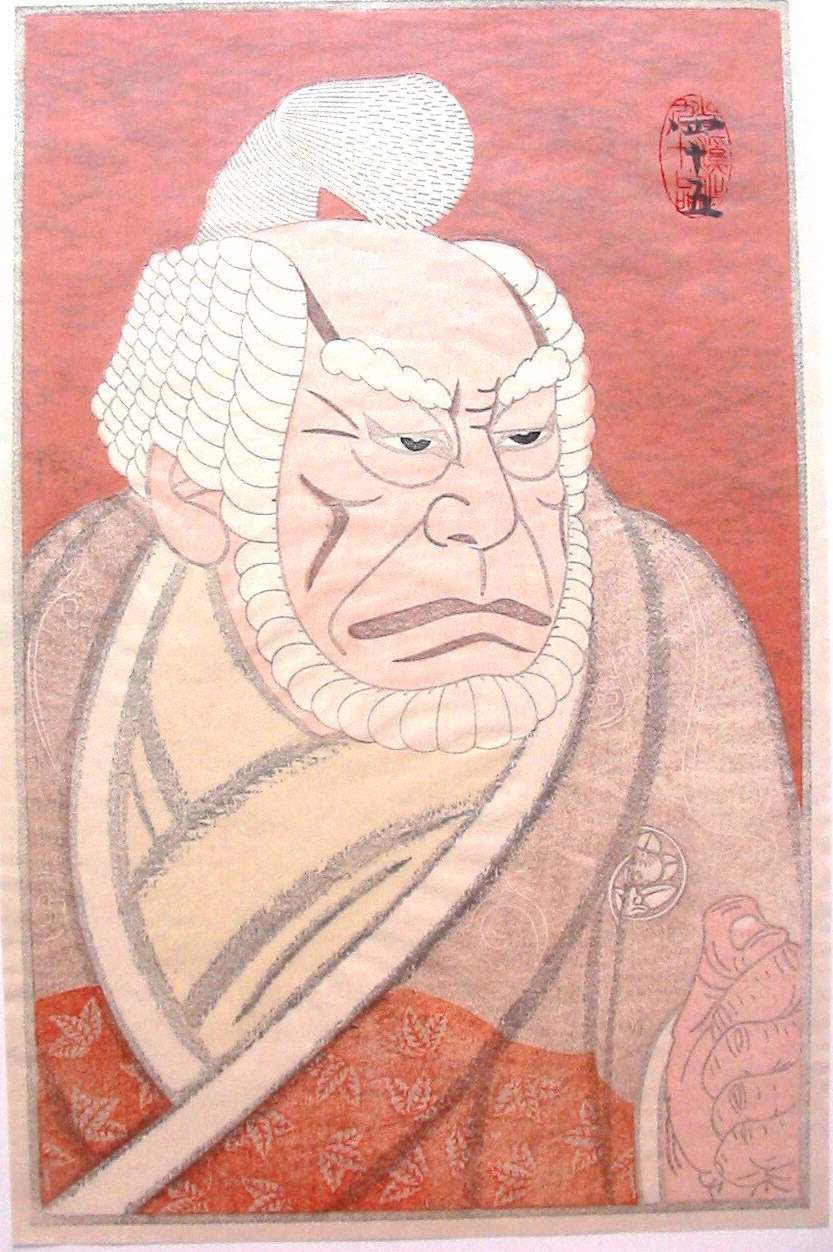
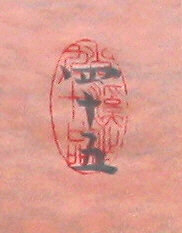
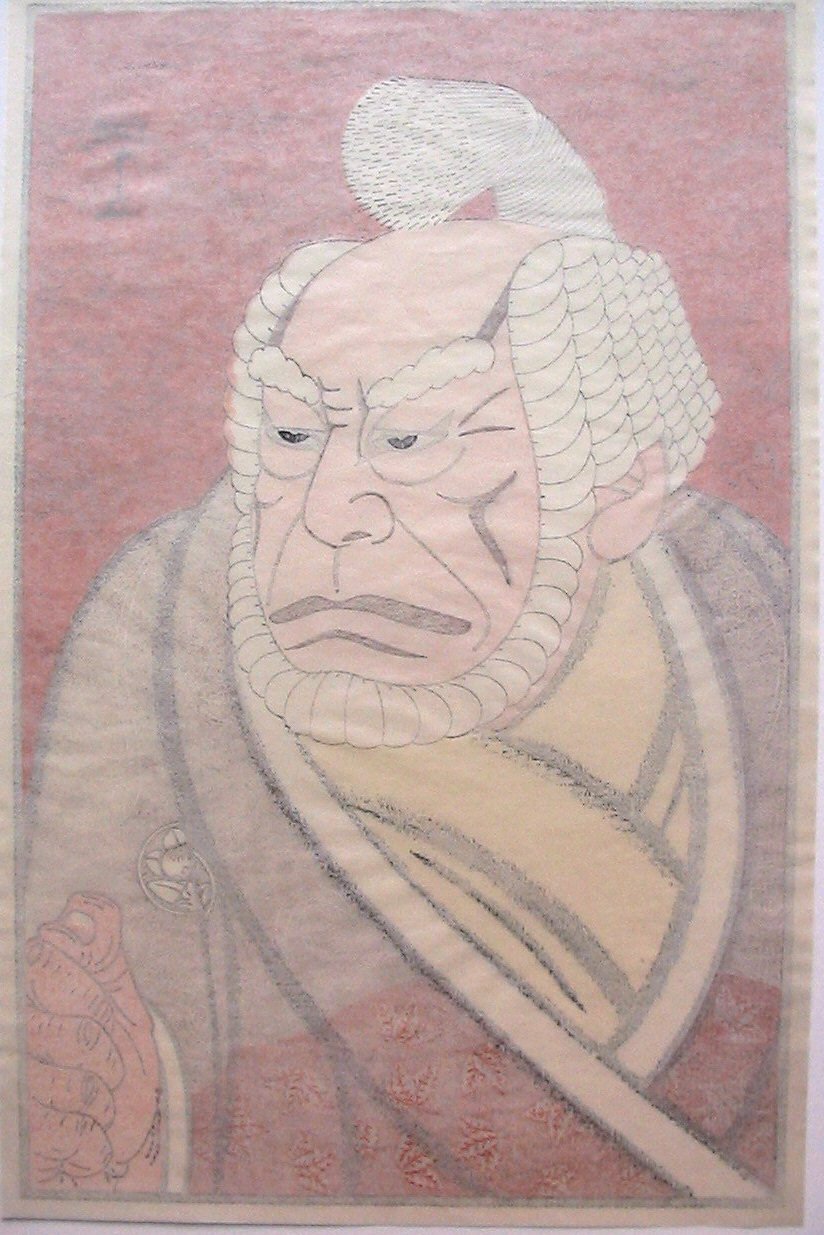
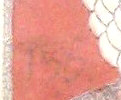
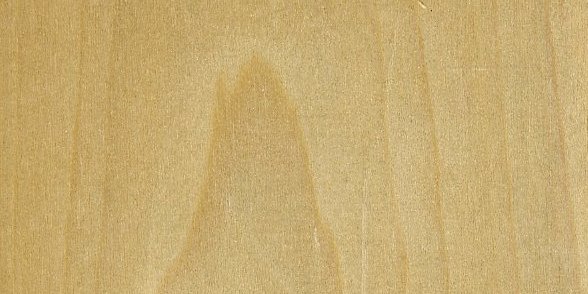
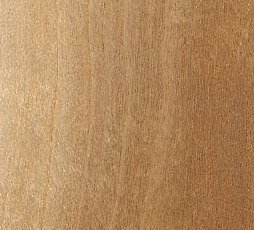
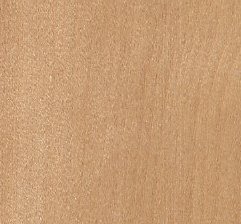
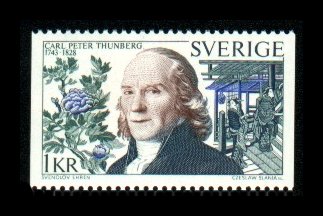 カール.ペーター.トゥーンベリ
カール.ペーター.トゥーンベリ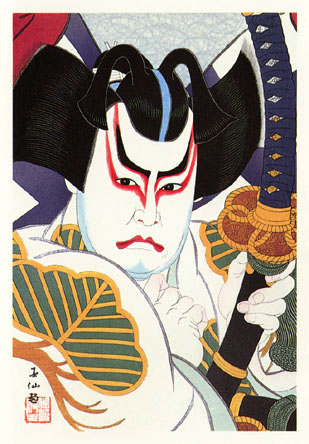
.jpg)
.jpg)
.jpg)
.jpg)
 HOME
HOME